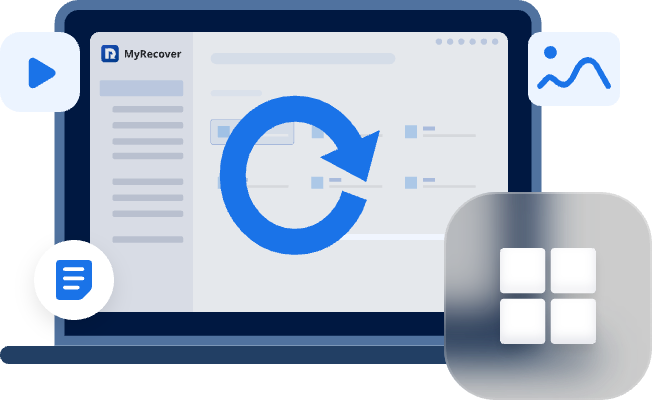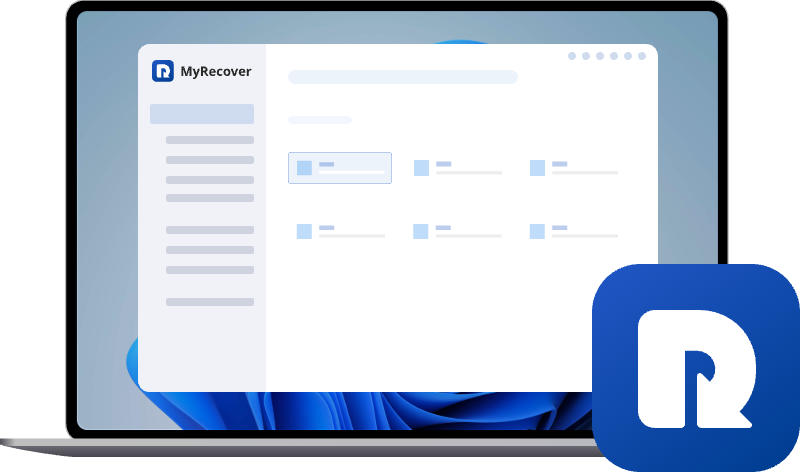Why Do You Need to Safely Eject the USB?
This article explores the reasons behind the need to safely eject USB devices, the potential consequences of not doing so, and provides step-by-step solutions to safely eject USB. It also offers recommendations for software that can assist in safely ejecting USB devices.
Introduction
When using USB devices, it is crucial to understand the importance of safely ejecting them to avoid potential data corruption and other issues. In this article, we will delve into why it is necessary to safely eject USB devices, the consequences of not doing so, and provide step-by-step solutions to ensure data integrity. Additionally, we will recommend some software options that can assist in safely ejecting USB devices.
The Problem: Not Safely Ejecting USB Devices
One of the common issues users face is the failure to safely eject USB devices. This can lead to various problems, including data loss, file system corruption, and damage to the USB device itself. The following sections will explore the potential causes of this problem.
Cause 1: Unfinished Data Transfers
One of the primary reasons for not safely ejecting USB devices is removing them while data transfers are still ongoing. This can result in incomplete file transfers and data corruption, leading to the loss of valuable information.
Cause 2: Improper Device Disconnect
Another cause of not safely ejecting USB devices is simply removing them without properly disconnecting them from the system. This can disrupt ongoing processes and cause file system errors, potentially rendering the USB device unusable.
Cause 3: Background Processes
Sometimes, background processes such as antivirus scans or file indexing can interfere with the safe ejection of USB devices. These processes may lock certain files or prevent the removal of the device, increasing the risk of data corruption.
Solutions to Safely Eject USB Devices
Now that we understand the potential causes, let's explore some solutions to safely eject USB devices. Following these steps will help preserve data integrity and avoid any unwanted consequences.
Solution 1: Using the Eject Option
The simplest and most recommended method is to use the eject option provided by the operating system. Follow these steps:
- Locate the USB device icon in the system tray or file explorer.
- Right-click on the icon and select 'Eject' from the context menu.
- Wait for the system to indicate that it is safe to remove the device.
- Gently remove the USB device from the port.
Solution 2: Using a Keyboard Shortcut
If your operating system supports it, you can utilize a keyboard shortcut to eject USB devices. Here's how:
- Locate the USB device icon in the system tray or file explorer.
- Highlight the device by clicking on it.
- Press the dedicated eject key on your keyboard. This key is typically marked with an arrow pointing upward or a combination of the 'Fn' and 'F' keys.
- Wait for the system to indicate that it is safe to remove the device.
- Gently remove the USB device from the port.
Solution 3: Using Command Line Tools
For advanced users, command line tools provide an alternative method to safely eject USB devices. Follow these steps:
- Open a command prompt or terminal window.
- Type the command 'diskutil list' (Mac) or 'diskpart list disk' (Windows) to find the disk number of the USB device.
- Type the command 'diskutil eject diskX' (Mac) or 'diskpart select disk X' followed by 'remove all dismount' (Windows), where X corresponds to the disk number found in the previous step.
- Wait for the system to indicate that it is safe to remove the device.
- Gently remove the USB device from the port.
Software Recommendations for Safely Ejecting USB Devices
There are several software options available that can assist in safely ejecting USB devices. It is advisable to choose a reputable software that suits your specific needs. Here are some recommendations:
Software Recommendation 1: USB Safely Remove
USB Safely Remove is a powerful tool that allows for the safe ejection of USB devices. Its key features include:
- Quick and easy ejection of USB devices with a single click.
- Ability to manage and view detailed device information.
- Option to automatically eject specific devices upon system shutdown.
To use USB Safely Remove:
1. Download and install USB Safely Remove from the official website.2. Launch the software and view the list of connected USB devices.3. Select the desired device and click on the 'Eject' button to safely remove it.
Glossary
1. Data integrity: The assurance that data remains uncorrupted and unchanged throughout its lifecycle.2. File system: The structure and organization method used to store and retrieve files on a storage device.3. USB: Universal Serial Bus, a common interface used for connecting external devices to a computer system.
Tips
- Always use the eject option: Make it a habit to always use the eject option provided by the operating system to safely remove USB devices.
- Check for ongoing processes: Before ejecting a USB device, ensure that there are no ongoing processes or background tasks accessing files on the device.
- Keep backups: Regularly backup your data to avoid any potential data loss or corruption, even when safely ejecting USB devices.
Conclusion
Safely ejecting USB devices is crucial to maintain data integrity and prevent potential issues such as data loss and file system corruption. By following the solutions provided in this article and utilizing recommended software options, you can ensure a smooth and secure removal of USB devices, minimizing the risk of any unwanted consequences.


